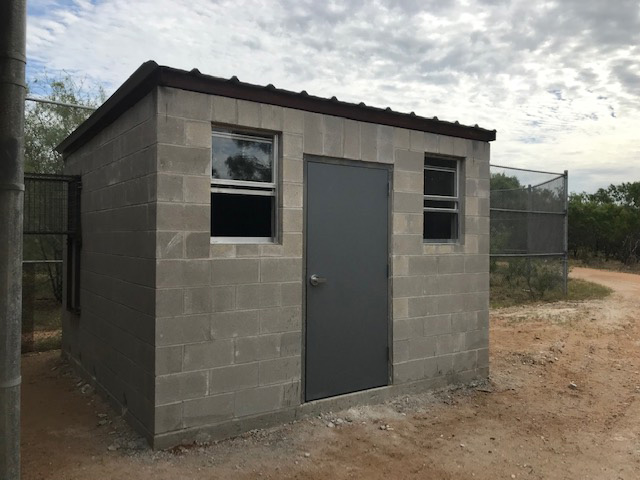One of the parts of our work with animals that garners the most interest and attention is rescue. Whether it is rehoming a monkey from a sad life as a pet, saving a monkey from a roadside zoo, or welcoming a monkey formerly used in animal experimentation, the stories of these beautiful individuals cannot help but touch hearts and minds. You celebrate with us as our recent arrivals take their first steps into their new lives – sometimes feeling the sun in their face, or the grass under their feet, for the first time. It is a privilege for us to see all of our new residents take those important first steps as they begin to settle into their second chance at life.
What our wonderful supporters see less of is how those lives change and continue beyond the first few months and years after their rescue. The monkeys under our care can live into their thirties and so a youngster who comes to us in their early years may still be living with us over three decades later. We commit to providing a home for life for everyone we welcome into our sanctuary and, with that commitment, comes the requirement to ensure that those individuals are provided with the absolute highest standard of care for their changing needs as they age.
This has resulted in the need to invest in our infrastructure here at the sanctuary over time. Enclosures which are sound when we welcome a young monkey will inevitably require upkeep and, sometimes, complete overhaul during that same monkey’s lifetime. In addition, the extreme weather that we experience here in south Texas – particularly the heat of the summer months – takes its toll on our human-made structures. As such, maintenance, regular upgrade and replacement of enclosures and other construction work is an essential – and costly – focus of our work on a daily basis.
It is not just essential maintenance and replacement needs that drive our construction work. We also need to keep abreast of best-practice developments in enclosure design. What worked ten years ago might now be considered outdated as new welfare practices, techniques, and knowledge inform our decision-making. Aging groups of monkeys have differing needs from their younger selves. For example, access to heat during the winter and shade during the summer is essential for all of our residents, but even more so for our elderly or infirm monkeys. Social dynamics change as time goes on and individuals who lived happily in a social group for some time may need different opportunities as their health, age, or mobility demands. All of this means that many of our major construction projects are unrelated to new arrivals and are, instead, designed to improve life for our long-term residents.
An example of this is Kyoto – an enclosure named in honor of our predominant species, the Japanese macaque. Kyoto is a brand new five-acre enclosure which was constructed in order to provide a new living space for a large social group of around 40 monkeys previously living in our huge 56 acre enclosure. The group had come into conflict with another group of monkeys in the enclosure and were being repeatedly pushed out of their preferred space – causing stress and active conflict. The new enclosure will provide a dedicated environment, complete with trees, shrubs, and plentiful space to roam, for the group where they can live out their days free from stress… and fighting!

Another example of meeting changing needs is our ambitious project to provide cinderblock “warm houses” for every one of our large open-top enclosures. While all enclosures already have shade and shelter, as monkeys age and require more intense oversight and care, the need for more robust physical structures, which also act as excellent spaces to aid recovery in the case of illness or injury, increases. This project will see 12 heated warm rooms constructed over the course of the next 12 months and is already well underway, with the first five already nearing completion!
These are just some of the ways that we seek to constantly improve life for all of the monkeys under our care. From brand new arrivals, to our most elderly residents, our mission is the same: to provide the highest standard of care possible for their entire lives. And that mission is only fulfilled thanks to your generous support.
Thank you, on behalf of all of the monkeys – young and old – for everything you do.
Keep Wildlife in the Wild,
Liz

 Dear Reader,
Dear Reader,